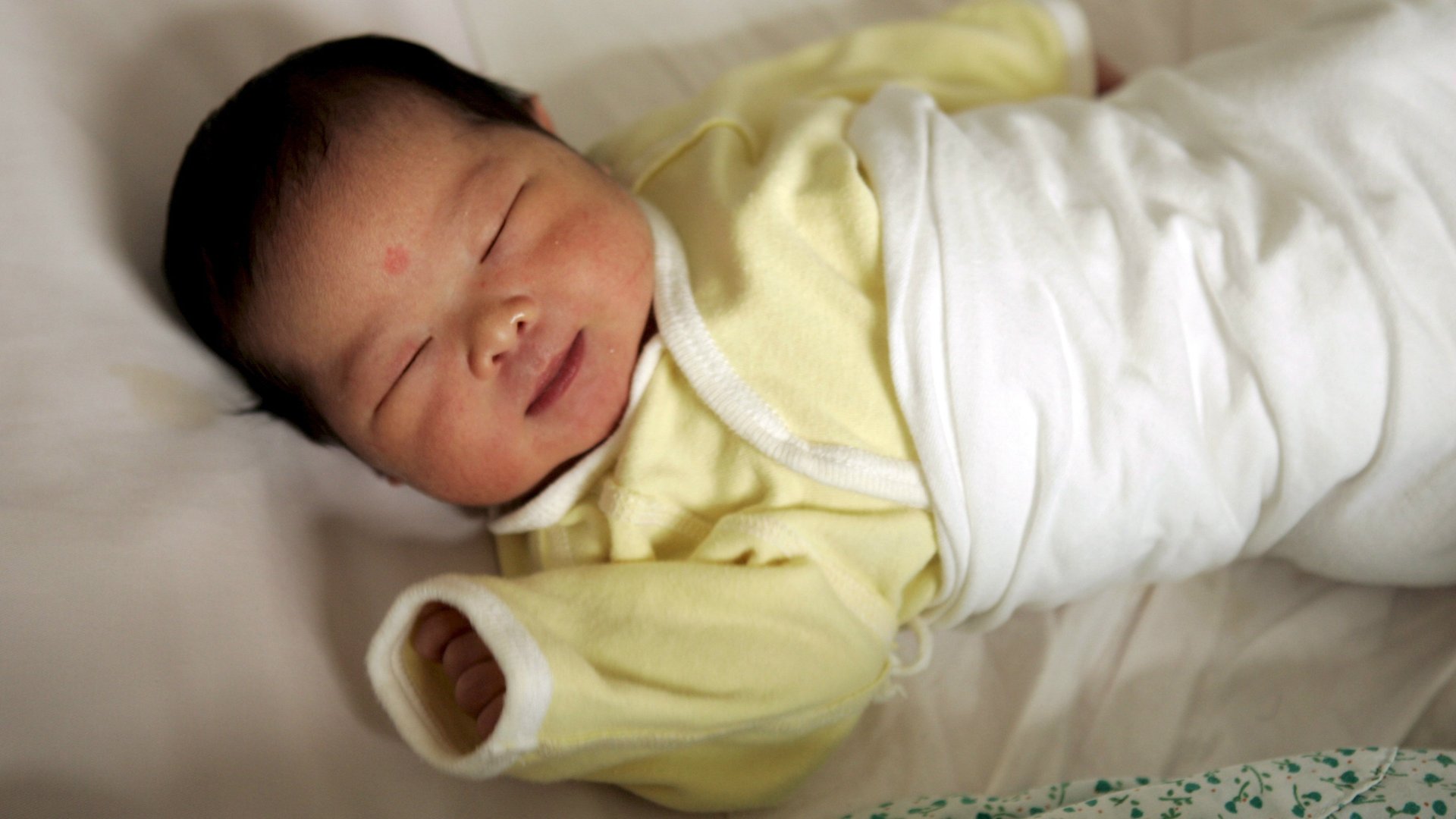One day we may finally be able to watch our dreams like a movie
When we enter our deepest sleep—called rapid eye movement (REM) sleep—our bodies become mostly paralyzed, our eyes flicker behind our eyelids, and we experience vivid dreams. When we wake up, we can sometimes remember flying, falling, or watching in horror as our teeth fell out, but these memories tend to fade.


When we enter our deepest sleep—called rapid eye movement (REM) sleep—our bodies become mostly paralyzed, our eyes flicker behind our eyelids, and we experience vivid dreams. When we wake up, we can sometimes remember flying, falling, or watching in horror as our teeth fell out, but these memories tend to fade.
Now, though, scientists have uncovered a way in which we may be able to one day see our dreams like a recording. Scientists from UCLA and the University of Tel-Aviv have discovered that as we dream, our brain cells are actually able to record visual information similar to the way it does while we’re awake. This work could one day lead researchers to be able to interpret what we’re dreaming about based on the way our neurons are firing and recording.
Right now, scientists know that when we look at something while we’re awake, our eyes relay that information to our brains, which interpret it and file it away for future use. When we see a different image, or even just imagine one, cells in a part of our brain called the medial temporal lobe send out quick electrical signals. But scientists previously didn’t know what was happening in our brains as we see different images in our dreams. It turns out that as our eyes flicker during REM sleep, our brains may be interpreting a change between different scenes in our dreams. “It’s almost like when I was growing up and we had slide projectors. You move to the next dream slide, if you like,” Yuval Nir, a neuroscientist at the University of Tel-Aviv and lead author of the paper, told the BBC.
To get a closer look at the way our brains dream, Nir and his team observed the brains of patients who were undergoing seizure monitoring for epilepsy. Normally, inserting electrodes deep into the brain is far too invasive for a regular scientific experiment, but these patients already had these electrodes in their brains as part of their treatment. The researchers watched their brain activity as they slept and entered deep REM sleep, and again when they were awake and being shown images of celebrities and well-known places across the globe. They found that in both instances, cells in the medial temporal lobe sent out rapid electrical signals. This suggests that as our eyes dart around while we dream, our brains are noticing the different changes in scenery.
“We discovered that the electrical brain activity during REM sleep is very similar to what occurs when the viewer see new images for the first time,” Nir said in a press release. But eventually, this research could lead scientists to be able to see an interpret our dreams based on the way our cells are firing.